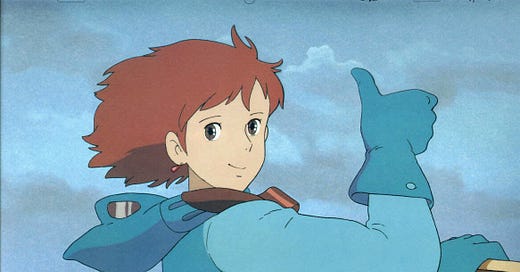The Foil: Use other characters to showcase the strengths of your main characters and to show how they are extraordinary.
The best example of the idea of a “foil”—in fact the place that the term comes from—is Hal from Shakespeare’s King Henry IV Part One. In what is probably my single favorite speech from Shakespeare, Hal says:
Yet herein will I imitate the sun,
Who doth permit the base contagious clouds
To smother up his beauty from the world,
That, when he please again to be himself,
Being wanted, he may be more wonder'd at,
By breaking through the foul and ugly mists
Of vapours that did seem to strangle him.
If all the year were playing holidays,
To sport would be as tedious as to work;
But when they seldom come, they wish'd for come,
And nothing pleaseth but rare accidents.
So, when this loose behavior I throw off
And pay the debt I never promised,
By how much better than my word I am,
By so much shall I falsify men's hopes;
And like bright metal on a sullen ground,
My reformation, glittering o'er my fault,
Shall show more goodly and attract more eyes
Than that which hath no foil to set it off.
I'll so offend, to make offence a skill;
Redeeming time when men think least I will.
For those of you who are not Shakespeare literate, this basically says: I’ll pretend to be bad, so that when I turn out to be good, I’ll be all the more wondered at. Everyone will be much more amazed and impressed than if I had been good all along.
Bad Hal of the Past is what makes Good Hal of the Future look so impressive. He is performing The Trick—the technique of making something more surprising by raising expectations of the opposite. In this case, he first inspires dread in his future subjects and then proves to be a very good king, which they notice and appreciate more than if he had been a good lad the whole time.
Or at least that is his hope.
In this case, Hal was his own foil over time. Normally, however, a foil is one character bringing to the fore the strengths or weaknesses of another character. This technique can be done two ways.
The first way is to have the “foil” characters act one way so that the character being showcased stands out. If everyone is dumb, then the one smart guy stands out. If everyone is corrupt, the one man with virtue stands out. It can be done subtly, too. If everyone is intelligent but not a genius, the genius character who has all the wonderful breakthroughs can still stand out.
The degree of emphasis depends upon the result the author wishes to achieve. A smart character often looks smarter against the background of fairly intelligent sidekicks and an intelligent villain than against a group of goofy yokels.
The second way is to have the “foil” characters comment on the main character directly. The observations of the secondary characters can tell us a great deal about the main character.
Keep reading with a 7-day free trial
Subscribe to The Art and Craft of Writing to keep reading this post and get 7 days of free access to the full post archives.




